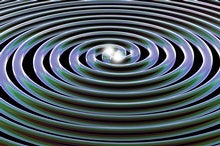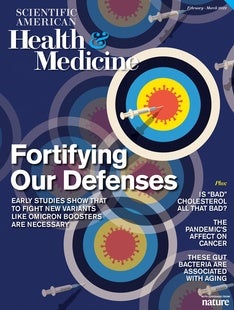 |
| January 20, 2022 |
Dear Reader,
This week, we're thinking about war in space. Or, rather, ways it might be avoided. Our lead story covers a new program from the U.S. Department of Defense aimed at launching satellites to spot and track hypersonic weapons—ultrafast, maneuverable missiles that can elude ground-based radar systems to strike anywhere on the globe with little or no warning. Such satellites could make tempting targets in future conflicts, which is in part why multiple space powers are racing to develop and deploy anti-satellite weapons. A Russian test of such a weapon late last year destroyed a defunct satellite and produced thousands of pieces of hazardous debris; another story this week makes the case for banning such tests to reduce the chance of a truly catastrophic debris-induced disaster in low-Earth orbit. Elsewhere, we have pieces about new exomoons, a poem about muons, new explorations of spacetime, and a unique map of the moon. |
| |
 |
| |
| |
| |
| |
| |
| Quantum Physics What Is Spacetime Really Made Of? Spacetime may emerge from a more fundamental reality. Figuring out how could unlock the most urgent goal in physics—a quantum theory of gravity | | | | |
| |
| |
FROM THE STORE
 | | | |
| |
| |
FROM THE ARCHIVE
 | | | |
LATEST ISSUES
 |
| |
| Questions? Comments?  | |
| Download the Scientific American App |
| |
| |























